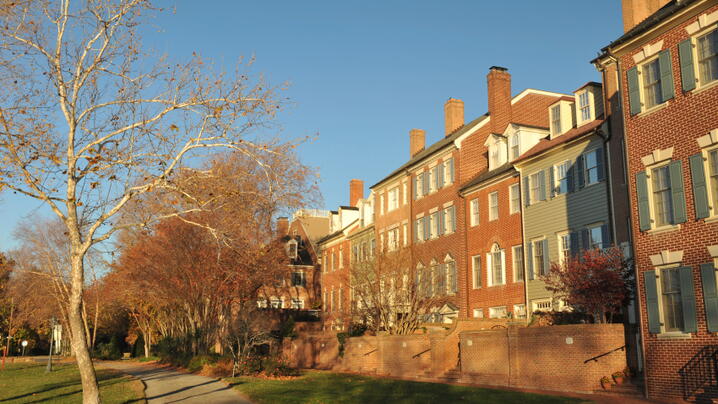2017 Community Partnership Award Program Nominee
2017 Community Partnership Award Program Recipient
For many communities, annexation can be a complex and daunting undertaking. The case of Fry Townsite, however, is a reminder of the cost of inaction, including service vacuums for residents and unexpected challenges for neighboring municipalities.
Goodlettsville, Tennessee<br />Goodlettsville, TN, population 16,000, has long been recognized for being the home of Corporate Headquarters of Dollar General, Tyson Foods and a nationally recognized park system. However, being a city that straddles two counties – one of which is Metropolitan Nashville / Davidson County – the city and residents would often feel as if…

If enacted by Congress, budget would significantly cut funding and/or eliminate grant and loan programs that both urban and rural communities have come to depend upon.
ICMA Strategic Partner Cigna was the exclusive strategic health care sponsor of the 2016 ICMA Annual Conference.
Teaneck, New Jersey<br />As the U.S. population ages, most communities will wrestle with a variety of issues related to elderly residents. Top of mind would be emergency services, transportation, engagement and activities, and appropriate housing. Teaneck, N.J. (pop.40,000), is getting ahead of the curve with a program called Age-Friendly Teaneck. The planning phase of the program began in…
